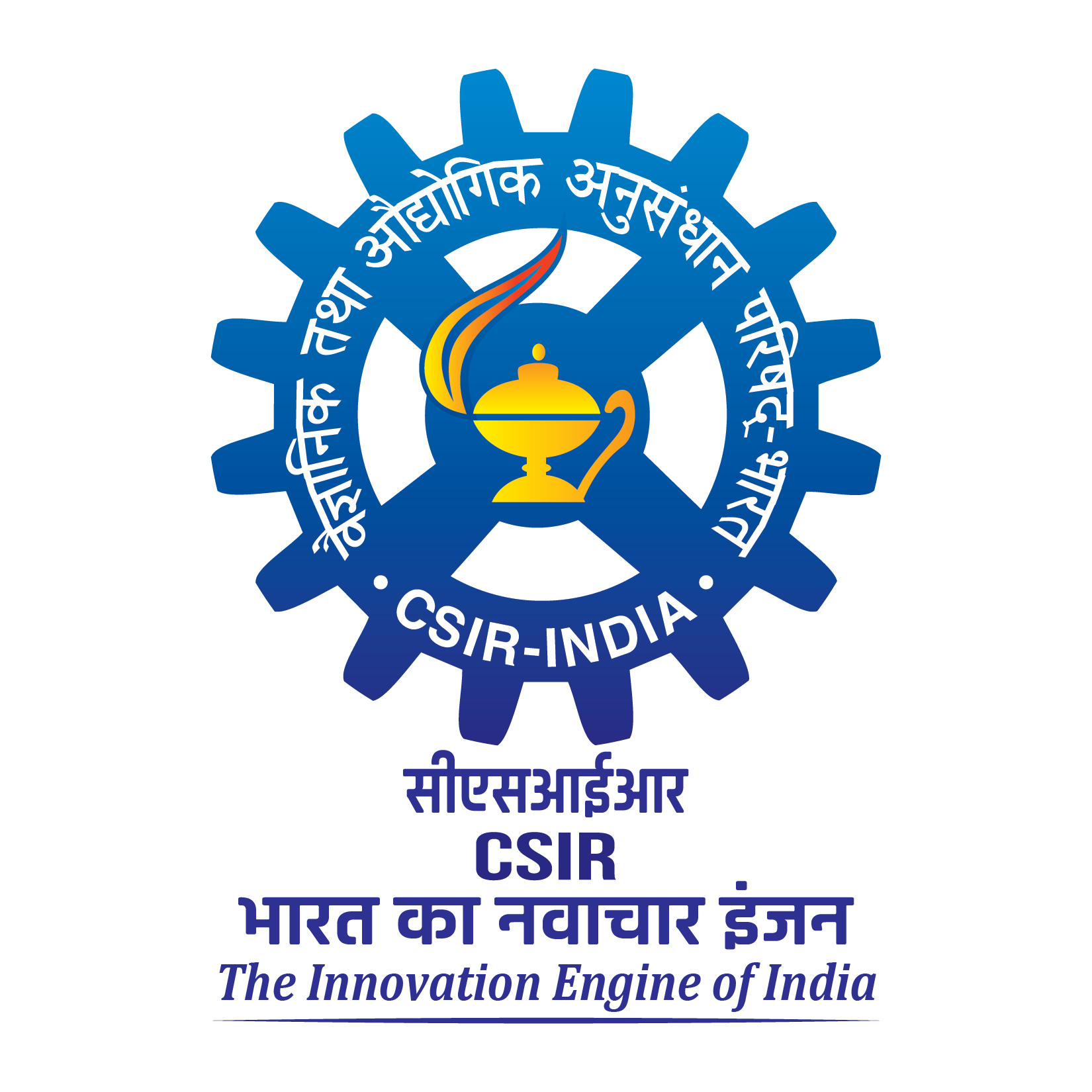by C B Jayasankar, K Rajendran and Sajani Surendran
High-resolution regional climate model (RCM) simulations are found to be very useful in deriving realistic climate change projection information. This study uses high-resolution dynamical downscaling framework (CCSM4-WRF) for India. To delineate the advantage of high resolution, we compared the results of 9-km resolution CCSM4-WRF simulations against the 50-km resolution RCM simulations under Coordinated Regional Climate Downscaling Experiment-South Asia (CORDEX-SA) program. Quantitative estimations show that majority of CORDEX-SA models exhibit large dry bias (< − 4 mm/day) and low pattern correlation coefficient (PCC) over the Western Ghats (WG). Mean climatology of Indian summer monsoon (ISM) rainfall simulated by high-resolution CCSM4-WRF outperforms the CORDEX-SA RCMs with low negative biases (~ 1 mm/day) and high PCC (≥ 0.755). This skill of CCSM4-WRF provides better confidence in its future projection at local scale. CCSM4-WRF projects future intensification of monsoon rainfall over most parts of India and reduction over southern WG, which is consistent with recent observed trends, but none of the CORDEX-SA RCMs could simulate this rainfall reduction. For all-India rainfall, ensemble mean of CORDEX-SA models projects an increase by 1.3 ± 0.9 mm/day and CCSM4-WRF projects 0.67 mm/day. Projected changes in socioeconomic variables such as population and gross domestic product (GDP) exhibit future enhancement over most parts of India but with spatial heterogeneity. Shared socioeconomic pathways scenarios show pronounced future population growth over Indian coastal areas and large enhancement in productivity over urban areas. Therefore, climate change projection information of ISM rainfall, together with enhanced future population and GDP, is useful for taking necessary steps for adaptation and mitigation in a sustainable manner.

